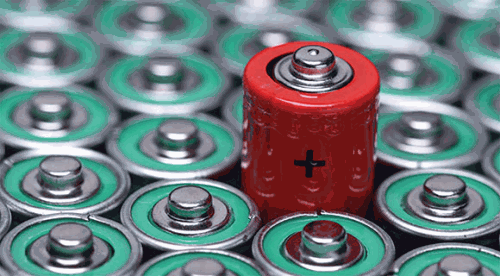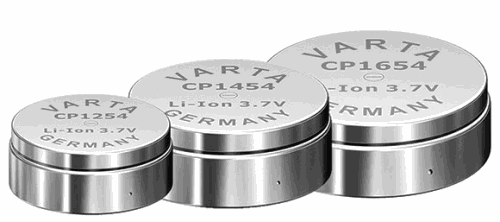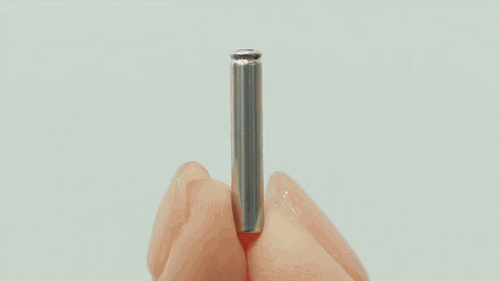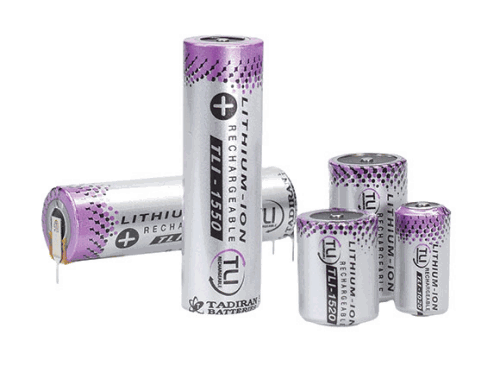
The Internet of Things (IoT) phenomenon is allowing the collection of data from sensor nodes practically anywhere in the environment, and giving non-electronic objects the ability to communicate, opening up a whole new sphere of applications for electronic systems.
Selecting batteries for Internet of Things connected systems can be tricky, as there is such a wide variety of application types.
For the ubiquitous sensor node at the periphery of the Internet of Things – things like thermostats, building automation sensors and light switches – this type of system has a very specific power profile. The application will typically be in sleep mode for the vast majority of the time, waking up only to perform a measurement, or to activate a low-power wireless connection such as Bluetooth Low Energy.
When in sleep mode, the device consumes a very small amount of power, but when active, a burst of power is required. These devices are very low-power overall because the sleep period is generally many orders of magnitude longer than the active period.

These types of applications typically use coin cell batteries because of their low overall power requirement. Coin cells may have alkaline chemistries, with a cell voltage of 1,5 V. This drops to 0,9 V when discharged. Applications that require higher voltages may use Li-ion coin cell batteries, which are also widely available. This type of cell offers 3,0 V when fully charged, dropping to 2,2 V when discharged.
There are many variants on the exact Li-ion chemistry used, which maximise the different properties. For example, type BR maximises the battery’s capacity – Panasonic’s best BR coin cells have capacities up to 500 mAh (BR3032). Type CR, on the other hand, minimises the battery’s internal impedance, which means it can supply higher pulse currents.
Also at the periphery of the Internet of Things are some wearable accessories with similar power profiles, such as heart rate monitors that communicate data back to a sports watch or smartphone. Some wearables are able to harvest enough energy from the wearer’s movements that they can use this to power their electronics; however, energy as a power source can be unpredictable and may not coincide with the active period for the electronics. Most energy harvesting devices therefore require a rechargeable battery which is charged by the energy harvesting subsystem, so that energy can be used as and when it’s needed.
Rechargeable coin cells are available with excellent energy densities. For example, Varta’s Coin Power series offers nominal 3,7 V batteries, 5,4 mm high, measuring 12,1 mm (diameter) for the 50 mAh capacity and
16,1 mm for the 100 mAh capacity version. These button cells, as small coin cells are often called, offer low internal impedance and discharge currents up to 5C (that is, 250 mA or 500 mA, respectively).

Outside of coin cells, other small lightweight battery form factors for wearable devices include Panasonic’s pin type rechargeable battery, intended for thin applications like spectacle frames and pens. This 3,75 V battery measures 3,5 mm (diameter) by 20 mm, and weighs just 0,6 g.

Industrial temperatures
Aside from consumer electronics, the Internet of Things also encompasses the automotive and industrial environments. For industrial process control in particular, installing wireless sensors to tell a central system what is going on all over a factory is a big part of enabling Industry 4.0. Industrial sensor networks may use energy harvesting, perhaps from heat energy expended in the process itself, or from the movement of a robotic arm, but they still require batteries.
Though the power profile may be similar to consumer devices, batteries for these applications will need to withstand much harsher environments and maintain reliability though conditions are difficult. Specialised casings and seals can prevent dust, moisture and chemical ingress, but it can be hard to protect against very hot and very cold temperatures that affect the batteries’ chemistry.
For harsh environments like these, Tadiran has developed AAA and AA format batteries which may be charged at temperatures between -40°C and 85°C, a big improvement on typical Li-ion rechargeables which operate over the range 0°C to 60°C. This type of battery is actually a hybrid layer capacitor (HLC) which can produce the current pulses needed for wireless communication, up to 5 A. They also offer a low self-discharge rate, less than 5% per year, and are expected to last more than 10 years in the application.

Ultimately, the choice of battery for any application in the Internet of Things will depend on the power profile of the application, in combination with any environmental factors such as temperature. If you need advice on battery performance, contact Avnet South Africa using the details below.

© Technews Publishing (Pty) Ltd | All Rights Reserved